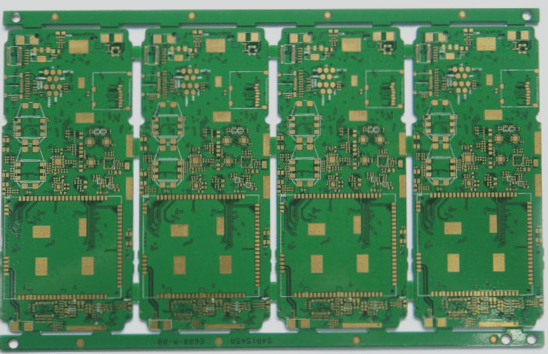PCB Cleaning Process: Addressing Common Issues
With the continuous evolution of PCB manufacturing technology, the cleaning processes involved must also adapt. Different cleaning techniques come with their own set of advantages and limitations. This article delves into the common issues faced with these cleaning methods and provides effective solutions to tackle them.
1. White Spots:
A frequent problem encountered in the PCB cleaning process is the emergence of white spots on component surfaces post-cleaning and drying. These white spots are a result of residual films left behind during cleaning, where incomplete removal of dissolved residue due to low solubility leads to the formation of non-ionic material crystals as components dry, manifesting as visible white spots.
To combat this issue, using cleaning solutions with higher concentrations can enhance the cleanliness of the process, minimize the need for repetitive cleaning, boost cleaning efficiency, and ultimately reduce labor and equipment costs.
2. Peeling of Paint Layers from Components:
Components that are coated with paint or have undergone painting or laser-marking in previous phases may face challenges with the cleaning parameters and materials utilized in the original process. Adding a small amount of preservatives to the cleaning solution can counteract the corrosive impacts of alkaline cleaners on these components. Specific cleaning trials should be conducted for painted components to determine the appropriate preservative concentration, cleaning solution composition, cleaning duration, and temperature adjustments.
3. Component Identification Marks Fading:
Another issue that arises during cleaning is the fading or elimination of identification marks on components, typically made with ink that has low solvent resistance. If changing the identification method or component supplier is not feasible, adjustments in the cleaning process become necessary. While some components may retain their marks better than others due to varying suppliers or batches, the quality of the supplier’s ink plays a crucial role. Despite the fading of component marks, studies have shown that it does not impact the functionality of the components. Hence, these marks can be substituted with product files or device location numbers for traceability purposes.
Conclusion:
Common Issues in PCB Cleaning Process
The process of cleaning PCBs can be challenging due to a variety of common issues that arise. If you are facing difficulties in this process, you are not alone. Many individuals encounter problems such as residue buildup, improper cleaning techniques, and component damage.
If you have innovative solutions to these problems or have encountered other issues not mentioned here, we invite you to share your expertise with us at WellCircuits!
For any inquiries regarding PCB or PCBA, please don’t hesitate to reach out to us at info@wellcircuits.com.




